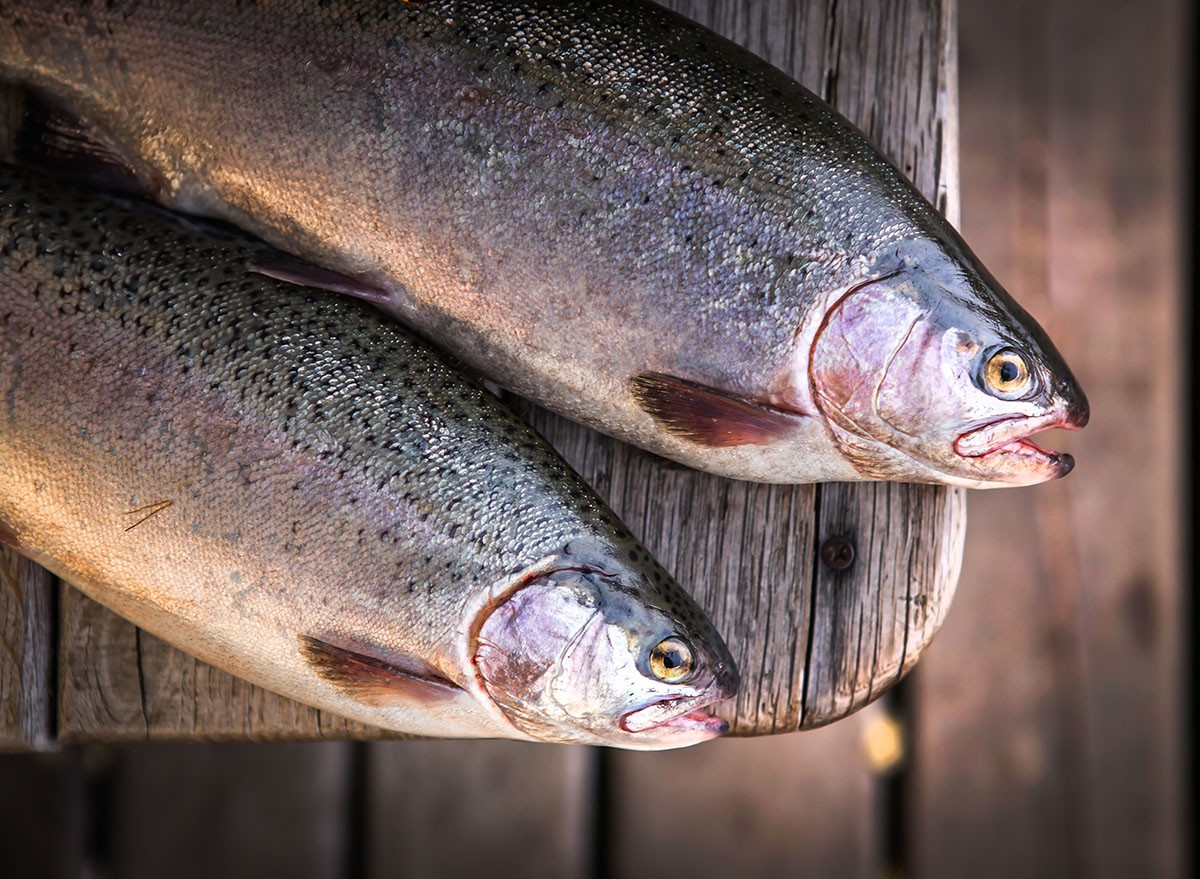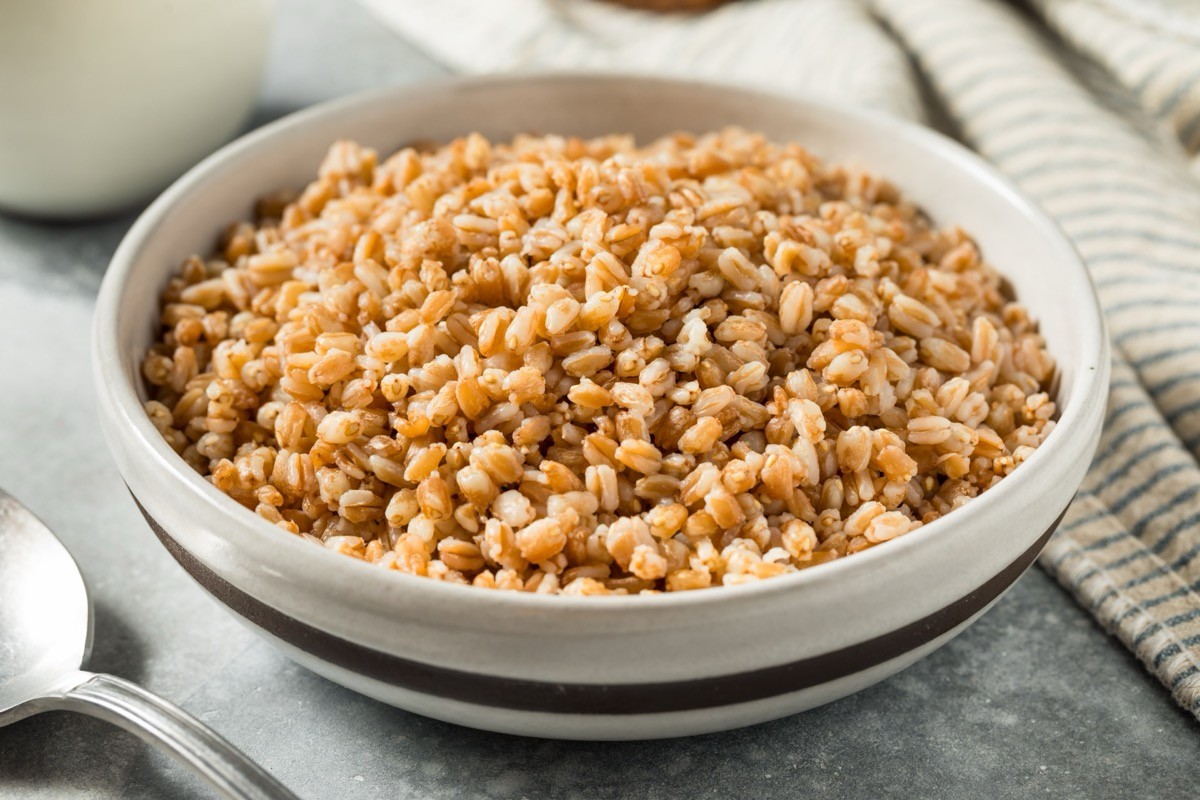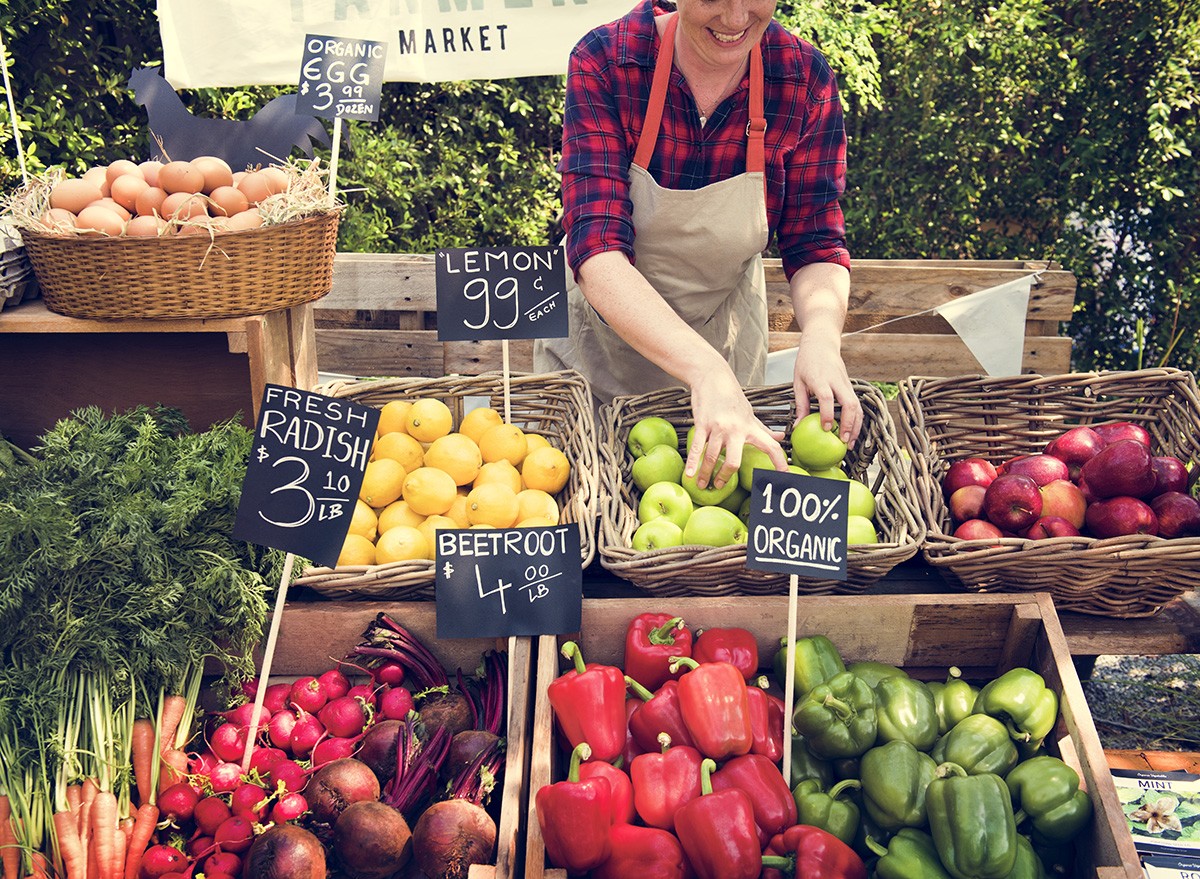4 Simple Protein-Packed Meals You Can Make with Farmers Market Finds

Most of us struggle to include enough protein in our daily meals while keeping things fresh and exciting. Lucky for us, farmers markets offer incredible ingredients that can transform ordinary meals into nutritional powerhouses. We spoke with Delfin Jaranilla, Chef/Partner at Leland Eating & Drinking House, who shared his expertise on creating simple, protein-rich meals using local ingredients. Discover these chef-approved recipes and elevate your protein game with minimal effort.
Why Farm-Fresh Makes a Difference
The quality of your protein matters just as much as the quantity. "Buying from local farmers markets gives you the advantage of selecting produce and meats that are as fresh as possible," explains Chef Delfin. Unlike supermarket options, farmers market proteins haven't undergone extensive processing to extend shelf life. The meats you'll find are typically free-range, organic, and pasture-raised, making them more nutritious than their industrially farmed counterparts.
Getting Your Protein Right

Many home cooks struggle with portion control when it comes to protein. "The most challenging part of making successful protein-rich meals is simply having the right quantity," says Delfin. He recommends adjusting your protein intake based on your activity level and body weight. Athletes and highly active individuals should aim for higher protein consumption compared to those with more sedentary lifestyles.
Roasted Rosemary Lemon Chicken Breast

This simple yet flavorful dish packs about 50 grams of protein and requires minimal prep work. Delfin suggests marinating chicken breasts overnight in salt, pepper, dried oregano, fresh rosemary, lemon slices, and olive oil. Pan-sear the chicken for two minutes on one side, then finish in a 450°F oven for 15 minutes. Pair with whole roasted sweet potatoes (wrapped in foil and cooked in the same oven for 30 minutes) and chili crunch spinach for a complete meal that's as nutritious as it is delicious.
Local Trout with Ginger and Garlic

Transform farmers market trout into a protein-rich meal containing approximately 40 grams of protein. Start by sautéing minced ginger and garlic in a combination of olive and sesame oils. Add about 100g of local trout ( Delfin recommends Hudson Valley Fisheries trout for New Yorkers), season with soy sauce or tamari and yuzu juice, and garnish with fresh sliced scallions and toasted sesame seeds. Serve over steamed rice for a satisfying meal that comes together in minutes.
Hearty Pork and Beans

This comforting dish delivers an impressive 90 grams of protein. Delfin starts with soaked kidney beans cooked in water and crushed tomatoes, along with aromatics like garlic, onion, carrots, celery, fresh thyme, and bay leaves. After an hour of simmering, add cubed pork shoulder (about 200g) seasoned with salt, pepper, and smoked paprika. Once the beans are tender, incorporate fresh local kale or Swiss chard and finish with a splash of sherry vinegar for brightness. This dish is a staple at Leland, where they feature different variations based on seasonal availability.
Protein-Packed Farro Salad

Don't overlook grains as a protein source. Delfin creates a protein-rich farro salad (40-50g protein) by cooking farro in salted water until tender, then cooling it before adding other ingredients. The dressing consists of olive oil, red wine vinegar, and lemon juice, seasoned with salt and pepper. For added protein, incorporate a cup of toasted pine nuts, golden raisins for sweetness, minced shallots, grated garlic, fresh cherry tomatoes, and herbs like dill, basil, or parsley. Serve with boiled eggs to boost the protein content even further.
Preserving Nutrients in Your Market Finds

The way you cook your farmers market treasures can significantly impact their nutritional value. "Steaming vegetables and soups are my two favorite ways to cook while consuming as many nutrients as possible," shares Delfin. Steaming preserves most nutrients without adding fat, while soups allow you to combine multiple vegetables and proteins in one pot, creating a nutrient-rich meal with minimal effort.
Balancing Proteins with Seasonal Produce
Creating well-rounded meals means pairing your proteins with seasonal vegetables. "Balancing your protein-rich meals with fresh, seasonal, local greens is a great way to balance out your meal," advises Delfin. He recommends leafy greens in spring and summer, hearty chicories in late summer through early winter. With some knowledge, you can find vitamin-rich greens year-round to complement your protein sources.
Simple Cooking for Maximum Flavor
When working with high-quality farmers market ingredients, less is more. "Keep it simple! You're already buying the best of the best," says Delfin. A little olive oil, garlic, salt, pepper, and lemon juice can enhance the natural flavors of farm-fresh proteins without overwhelming them. While recipes provide guidance, Chef Delfin emphasizes the importance of tasting as you go and adjusting seasonings to your preferences. And if you enjoyed this article, take advantage of these 15 Quick Ways to Lose Body Fat Percentage in a Week.




